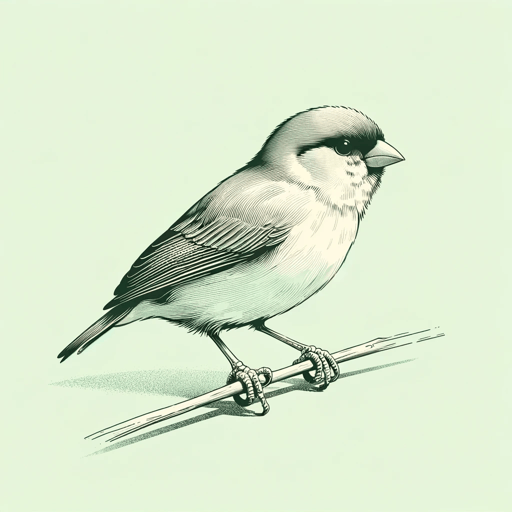62 pages • 2 hours read
Charles DarwinThe Voyage of the Beagle
Nonfiction | Book | Adult | Published in 1839A modern alternative to SparkNotes and CliffsNotes, SuperSummary offers high-quality Study Guides with detailed chapter summaries and analysis of major themes, characters, and more.
Chapters 1-3Chapter Summaries & Analyses
Chapter 1 Summary
Content Warning: The source material uses outdated and offensive terms to describe Indigenous peoples, and references enslavement, ethnic cleansing, imperialism, and suicide.
The HMS Beagle departs from Plymouth, England, on December 27, 1831; Charles Darwin is the ship’s scientist, responsible for collecting information and specimens along the way. After a brief stop in Tenerife—where the crew are prohibited from disembarking—the Beagle arrives at St. Jago, the largest island in the Capo Verde archipelago off the coast of Africa, on January 16. St. Jago is a desolate place with almost no vegetation; nevertheless, Darwin observes a variety of animals, including herds of cows and goats and various types of birds and lizards. He also observes the defensive mechanisms of sea slugs, which emit both dark ink and acidic oil, and cuttlefish, which can squirt water and change their colors.
While on St. Jago, Darwin and other members of the crew visit two former colonial outposts, Ribeira Grande and Fuentes. Darwin is surprised to find that despite the years of European influence in this area and the generally attractive appearance of the towns, the Indigenous people seem to be poor and unhappy.
At the end of February, the Beagle reaches the lush shores of San Salvador, Brazil.


